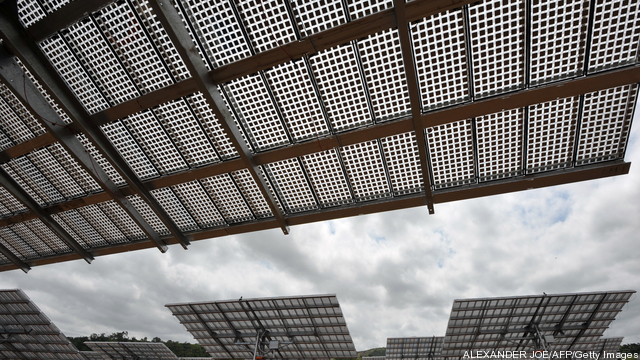
(Fortune Tech) Back in 2007, solar energy was one of the hottest stock sectors around. Oil prices were soaring to record highs, solar IPOs were winning warm welcomes and some stocks were rising exponentially. First Solar (FSLR) and Ascent Solar Technologies (ASTI) both rose 800% throughout the year. Then in 2008, a few months after oil prices peaked at $145 a barrel, the credit crisis hit, leaving few banks willing to lend money to finance costly solar-manufacturing plants. Demand for solar panels softened as European governments began eliminating solar subsidies. At the same time, China invested aggressively to expand the production capacity of its solar companies. The result was a rapid decline in solar-module prices. In recent months, the lean times began to take their toll. Solyndra, famously, filed for bankruptcy in September. A few weeks earlier, Evergreen Solar This article is a linkout.
Subsidies
Sign up and get Breaking Energy news in your inbox.
We will never sell or share your information without your consent. See our privacy policy.
The Solyndra bankruptcy led to a sudden frenzy of attention for government incentives for the renewable energy industry.
But even before the CIGS solar panel manufacturer announced it would be laying off all 1,100 of its employees and shutting down operations, private equity firm DBL Investors set out to look at the history of government incentives for the renewable energy industry and compare the numbers with data on government support of fossil fuels and nuclear power. Keep reading →
